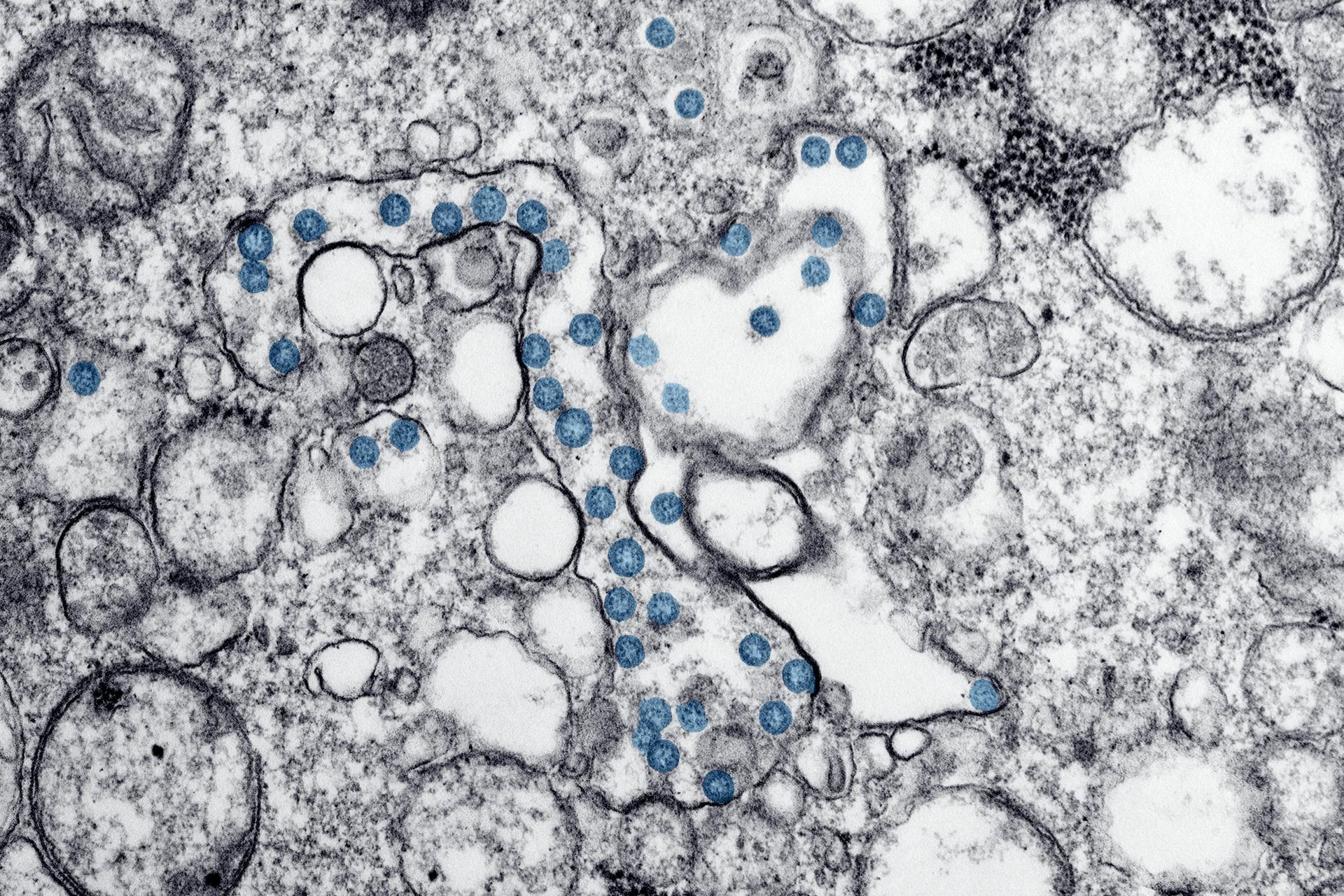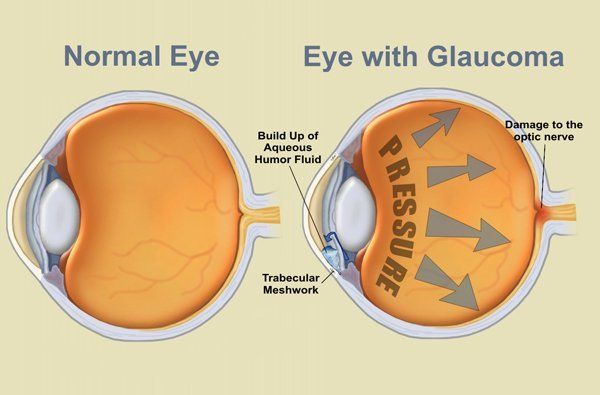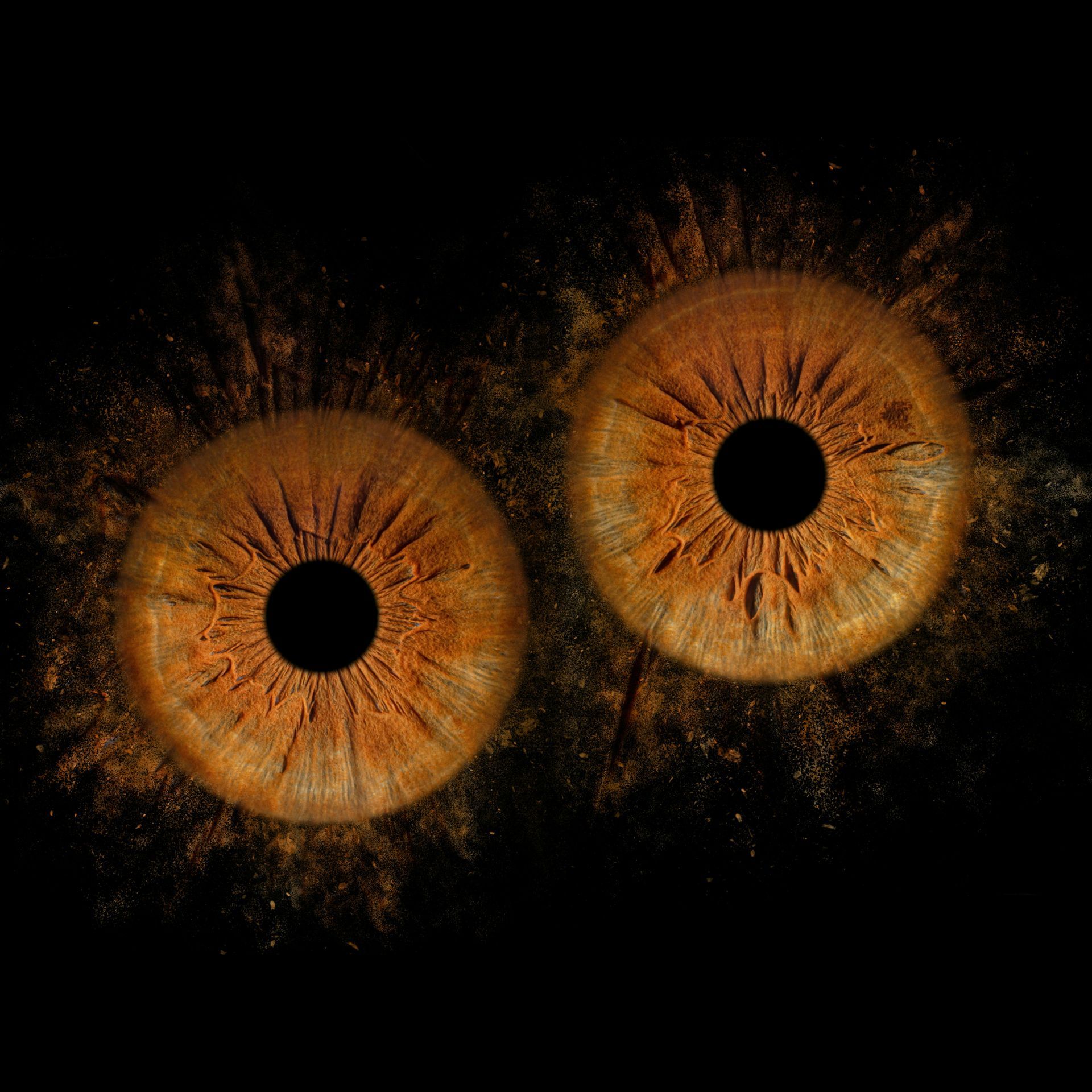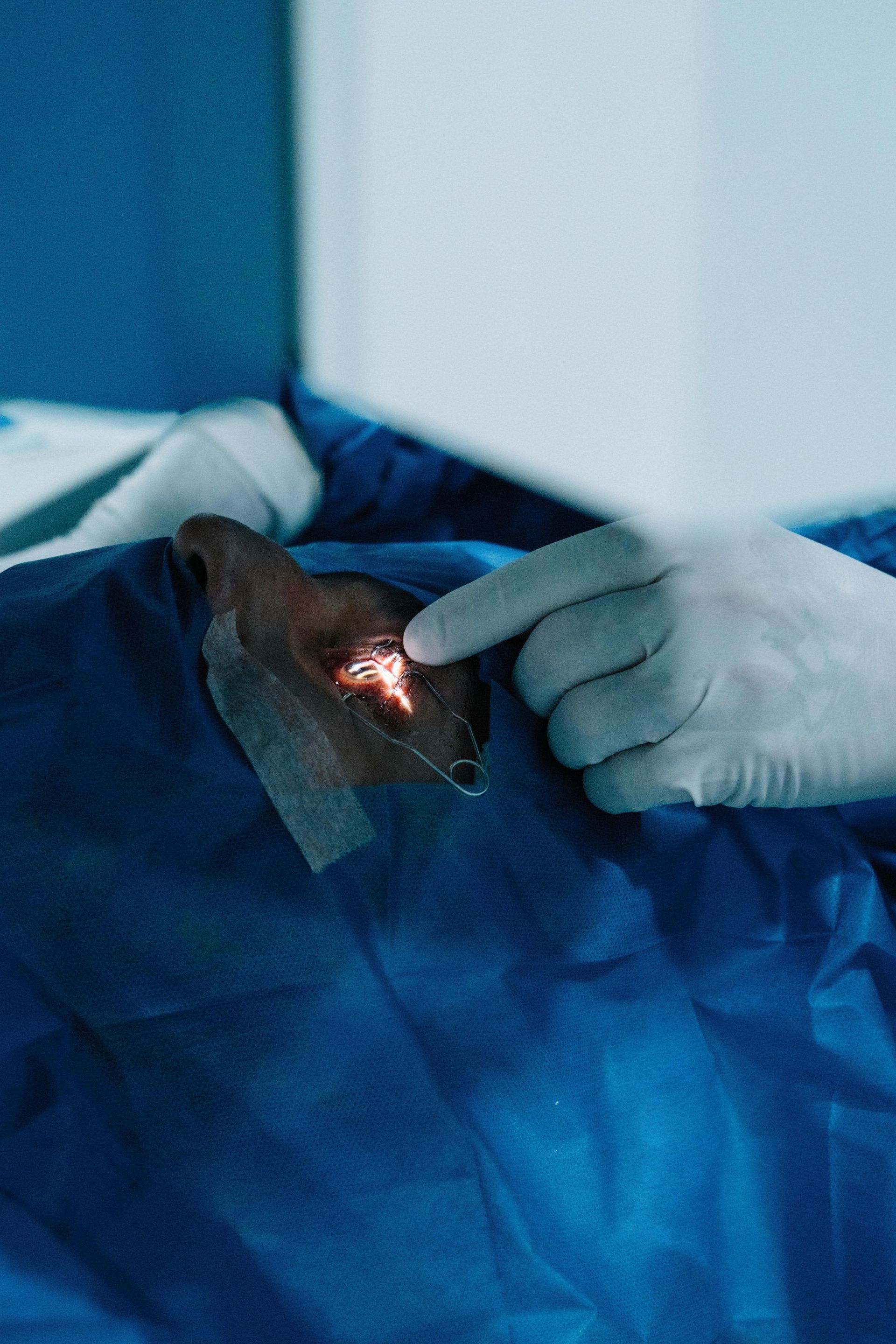the good doctor on: More Vivid Colours
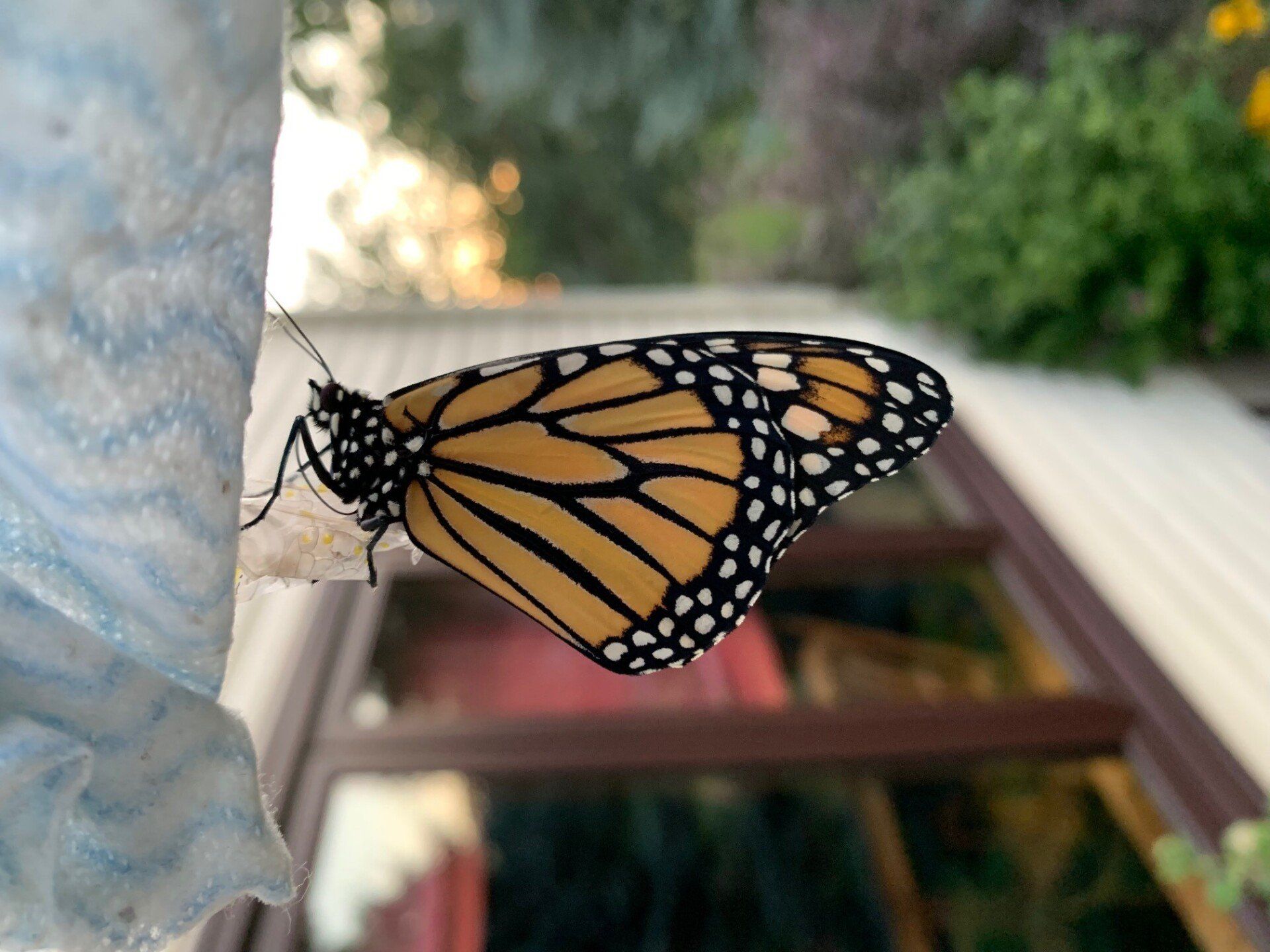
Blog Vol.II, # 17. More Vivid Colours.
Every summer we “rescue” monarch caterpillars and raise them to form adult butterflies. The day that they eclose (emerge from the Chrysalis) is very spectacular. Especially when the wings start to fill out; they become iridescent with black, orange and white spots. Definitely, a sight to behold. There is no camera lens that can even begin to capture the vividness of these colours. One more excellent reason to have 20/20 eyesight.
A few words on rescuing monarchs. The survival rate is higher for a monarch caterpillar in a well ventilated and spacious container with ample milkweed for food than it is in nature. Contrary to popular belief, monarchs do have natural predators. We were always told that they taste awful, so birds, like blue jays, may experience the taste of monarch once, but Yuck! The main predators are insects and spiders, which do not mind the flavour and will eat the caterpillar as a food source. Monarchs can also be infested with a parasite called OE (Ophryocystis elektoscirrha) which can deform the butterfly and spread more of their spores to other monarchs. A word of caution when putting a caterpillar in a container: make sure it has been thoroughly cleaned with chlorine and rinsed beforehand and only one caterpillar per container.
Keep the caterpillar well fed. They will eat a tonne of milkweed leaves, and when they are ready, will climb to the top, hang upside down and make a “J”. Then it is chrysalis time, a green covering will form and it will hang there. Wait about 10-15 days and watch for the colour to change to orange and black. Emerging from the chrysalis takes 3 hours, for proper drying. The vivid colours emerge when the monarch starts pumping hemolymph into its wings. The pumping fills out the wings and also starts the drying process, in which the adult must hang until they are fully dry. Another good reason to rescue them is this long duration of drying, when they are vulnerable to attack from other insects like a mantis or spiders.
As I am writing this article our monarch has just enclosed, and is hanging upside down and pumping hemolymph. Awesome. Once again, having the eyesight to take this in, is really something else.
til next week,
The good doctor, Dr. Mark Germain, Burlington Optometrist

